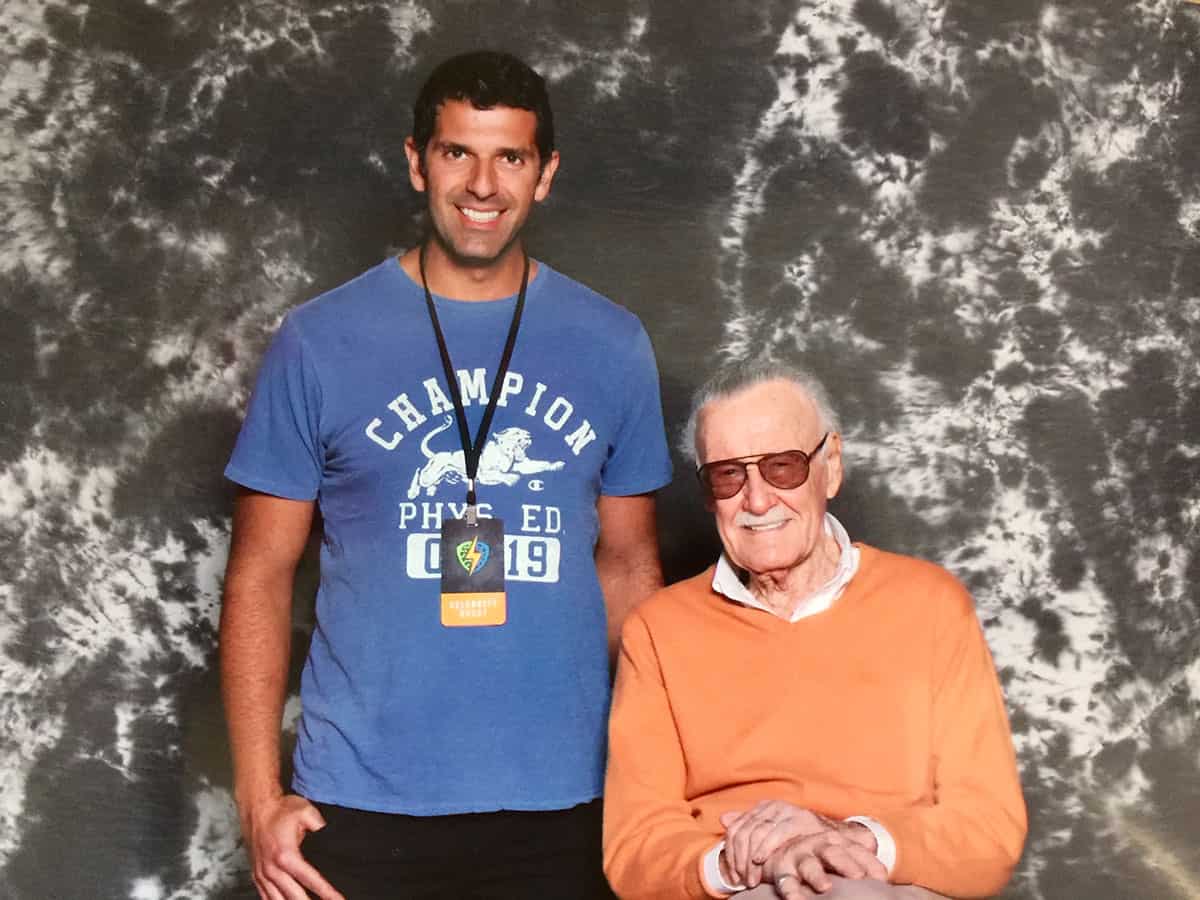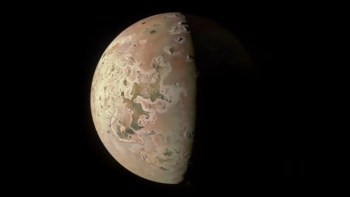Mathematical physicist Spiros Michalakis talks to Sarah Tesh about his experience as a science adviser to Hollywood on films like Ant-Man and Captain Marvel

What’s your role and research focus at the California Institute of Technology?
I am a mathematical physicist at Caltech’s Institute for Quantum Information and Matter [IQIM]. My research focuses on the physical and mathematical mechanisms underlying the emergence of space–time. One of the best parts of working at Caltech is that I get to share with the public all the cutting-edge research we do here. For example, as manager of outreach for IQIM, I have worked with Google to add quantum physics to Minecraft, and convinced Paul Rudd to play quantum chess – a real game – against Stephen Hawking.
When and how did you originally get into advising for movies?
My involvement with Hollywood happened along two parallel tracks. First, my friend and colleague Sean Carroll introduced me to the Science and Entertainment Exchange – a programme of the National Academy of Sciences here in the US. That was about six years ago. Around the same time, another friend introduced me to Ed Solomon, a writer behind such classics as Bill & Ted’s Excellent Adventure [1989] and Men in Black [1997].
What films have you worked on?
My first film to make it to production was Marvel’s Ant-Man [2015]. Since then, I have worked on Now You See Me 2 [2016], Spider-Man: Homecoming [2017], Ant-Man and the Wasp [2018], Captain Marvel [2019] and the upcoming third Bill & Ted film Bill & Ted Face the Music [2020].
What specific elements of them did you influence?
I guess the biggest influence I had on the Marvel Cinematic Universe was introducing the Quantum Realm, a place where space and time work differently. During my consult on Ant-Man and the Wasp, I suggested that quantum entanglement could be the key to rescuing Michelle Pfeiffer’s character – Janet Van Dyne – from the Quantum Realm. I also had Bill Foster – played by Lawrence Fishburne – explain how quantum superposition between multiple realities gives way to our everyday experience of a singular, objective reality. On Now You See Me 2 I introduced the concept of topological quantum order, a powerful resource allowing us to observe quantum phenomena at macroscopic scales, while for Bill & Ted it was all about upgrading their time machine.
What has been your biggest highlight as a science adviser?
This August [2019] I spent a week with Keanu Reeves and Alex Winter on the set of the new Bill & Ted film. I will never forget Keanu asking me: “So, what’s new with physics?” Of course, I told him that the whole world is a hologram, referring to the gauge/gravity duality theory. He threw his hands up, said something to the effect of “You are making this up,” and started walking towards the camera, where everyone else was waiting to film a scene. Halfway to the cameras, he turned around, came back to where I was and said, “But, how can this be?” I spent the rest of the week telling him all about the latest physics, which he would then go and share with the rest of the cast and crew. Soon, everyone was asking me questions about physics. It was pretty cool and lasted all week. I just had to make sure it wasn’t disrupting the filming schedule for the day.
When working with Marvel, what was the process? Did you get sent a problem to solve or a script to read, or visit the set?
Working with Marvel has been a lot of fun. For Ant-Man, I met Paul Rudd and the rest of the crew at Pinewood Studios in Atlanta. We sat around a conference table and talked for hours. Paul was especially curious about quantum physics. For Ant-Man and the Wasp I went over to Marvel Studios, which is surprisingly close to Caltech. I met the writers and then they sent me the script to edit. That was a new experience, given Marvel’s caution regarding leaks. Work kept me from visiting the set during filming, but the writers would call and ask for advice in-between takes.
Has any of your advice been ignored?
I worked on the first draft of Captain Marvel with Guardians of the Galaxy writer Nicole Perlman. The plan was to have Brie Larson’s character, Carol Danvers – aka Captain Marvel – be a quantum physicist with expertise in quantum cryptography. Her powers would stem from her unique understanding of the processes that take place within the Quantum Realm. Nicole presented the idea to Kevin Feige, the head of Marvel Studios, but it didn’t make the cut. Recently, a mutual friend of ours arranged dinner with Brie and, after some good wine, I told her what my vision for her character had been. I think she liked the idea a lot – but maybe it was the wine.
As you were involved in developing Marvel’s Quantum Realm, were you a science adviser for Avengers: Endgame [2019]?
Given the importance of the Quantum Realm in Avengers: Endgame, I am often asked about my role in the movie. The truth is that I was not a consultant for either of the Infinity War movies. Interestingly, a lot of what I had shared about how time works in the Quantum Realm during my consult on Ant-Man and the Wasp made its way into Endgame. Still, when I watched the movie, I was surprised to hear terms such as “eigenvalues of inverted Möbius strips” and the “Deutsch proposition”. At first, I was incredulous. But, amazingly, it all seems to make sense.
- For more on how time travel works in Avengers: Endgame check out a special online-only article by Spiros Michalakis



